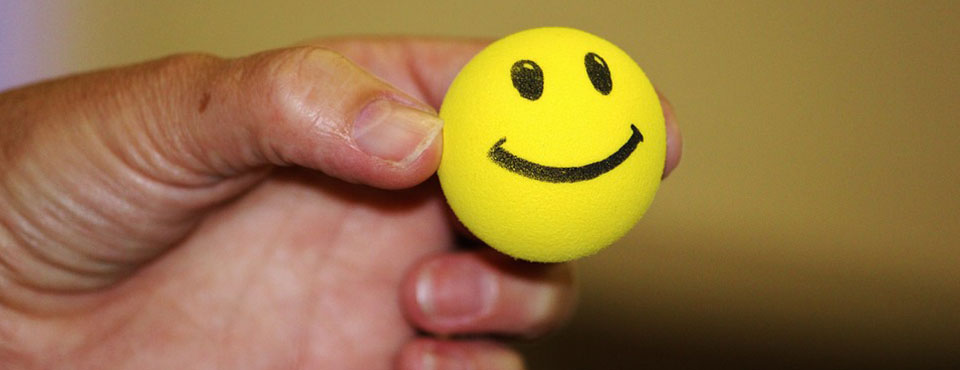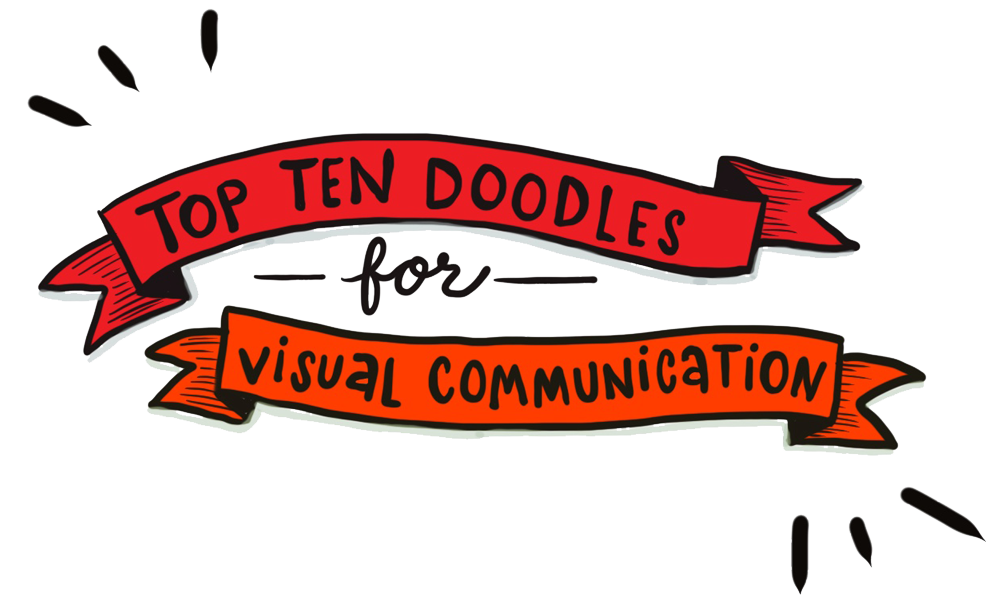Is your nonprofit…
- Passionate?
- Personable?
- Nurturing?
- Confident?
These are just some of the Brand Personality traits a nonprofit might have. What are yours? Not sure? Does your personality change with each message, audience, or marketing piece?
Why it’s important to have a clearly defined Brand Personality
Defining an organization’s Brand Personality is one aspect to developing an authentic brand that can help you build trust and loyalty. A nonprofit’s Brand Personality is how it looks, how it feels, how it sounds, how it acts – like “dressing” a person.
Developed thoughtfully, your nonprofit’s brand can be the outward-facing, visible, audible manifestation of what’s inside the organization. The public will experience your brand and infer that your group is what its “dressing” communicates it is — which is why it’s important to base brand communications on core values, character and personality in order to “dress” accordingly.
How to define your nonprofit’s Brand Personality
Here are nine steps your nonprofit can take to move from A) having no defined brand personality to B) having a clearly defined brand personality.
1. Think of your brand as a person.
Personal style is an expression of who you are – everything from your clothing, hair, accessories and demeanor. You can’t see the personality trait “rebellious”, but you can see a person’s crazy hair, torn black clothes, body piercings and tattoos, their defiant stance. When you study this person, you might guess that this is someone who is fiercely individualistic, who tends to see themselves as apart from “normal” – rebellious. The way they talk, they things they do, the music they listen to, the clothes they wear, complete their personal brand.
2. Select a mix of stakeholders to complete an imagery exercise.
Include at least three participants – but no more than fifteen people, if you have a large organization – in order to get some variety and a good knowledge and talent mix. This could be anyone from your staff, Board and cadre of volunteers who have a voice in the outcome of determining your Brand Personality.
3. Ask stakeholders to describe your organization as a person by answering these questions:
Imagine the organization is a single person, walking down the street outside your office
- Is this person male, female or neither?
- Is this person young, old, middle aged, or ageless?
- Is this person highly educated?
- Are they single, married, have kids?
- Is this person upper class, middle class, blue collar or all-encompassing?
- What clothes is this person wearing?
- What car does this person drive? Or do they have a vehicle?
- Does this person live and travel locally? Regionally? Nationally? Globally?
4. Ask stakeholders to describe the personality traits of this person.
There are a few examples listed above – passionate, personable, nurturing, confident. You can also use Stone Soup Creative’s Brand Personality worksheet to prompt ideas.
5. Encourage honesty.
It’s okay if some words are negative – these can be set aside as flaws to work on.
6. Strive for authenticity.
Think of the goth-looking person described above in #1. What if, after seeing her lip piercings, blue spiky hair, torn fishnets and Doc Martens,the next time you saw her she was in business attire having a serious discussion with a group of other people in suits? Would you be totally trusting of her in that moment, or would you wonder what the heck was going on?
Your audience is smart. Over time they’ll be able to discern whether your brand reflects the truth about who you are and what you do.
7. Collect and distill the answers.
Write responses on a flip chart or large sticky notes. Look for commonalities, and winnow down words that are similar to the one word that is most encompassing. Work with the group to collectively combine terms and eliminate outliers, until a list of four-to-six words emerge as the best personality attributes.
8. Write a detailed description of your Brand Personality.
The resulting Brand Personality should be recorded in a document, ideally part of an overall Brand Guide that includes Brand Values, Positioning, Brand Messages and elements from your visual identity (such as logo, fonts and colors). For an example, have a look at New York Insight Meditation Center’s Brand Standards Guide.
Now share it! It could live on your website, your intranet or a Google Drive with access from staff, volunteer and Board members.
9. Use your new Brand Personality consistently.
Once you’ve defined your Brand Personality, you’ll be able use the terms you’ve settled on to communicate with your audiences. This information will direct all communications going forward – brochures, speeches, blog posts and other marketing vehicles. For instance if you decide your personality traits are warm, fun and friendly, then all your internal and external communications can be assessed to ensure they look, feel and sound warm, fun and friendly.
Be mindful of changing your Brand Personality with the message, piece or audience. Your personality is your personality is your personality. The donor letter won’t have the same feel as the blog post, but they should both be pragmatic and intelligent or whatever else you’ve chosen. Being inconsistent with your Brand Personality can result in “brand schizophrenia”, making the “real you” hard to know, and confusing audiences.
If you take the time to discover your Brand Personality, you’ll be one step closer to ensuring that internal and external communications will be an accurate reflection of what the organization is – at its core. Your value will be clear, and you’ll be able to talk about it.
I hope you take some time to do these exercises with your team – not just read the steps, but do them! – with a beneficial outcome. Was it helpful? What did you learn? Are there other resources you still feel you need? Let me know – julia@stonesoupcreative.com.
[first posted November 19, 2015 on Nonprofitmarcommunity.com]
Want more on Visual Communication and Visual Thinking? Here's some related content for you.
Brand Personality Worksheet
This tool will help you define how your organization acts, looks, feels and sounds. Once established, Brand Personality becomes the guide for external and internal communications.

